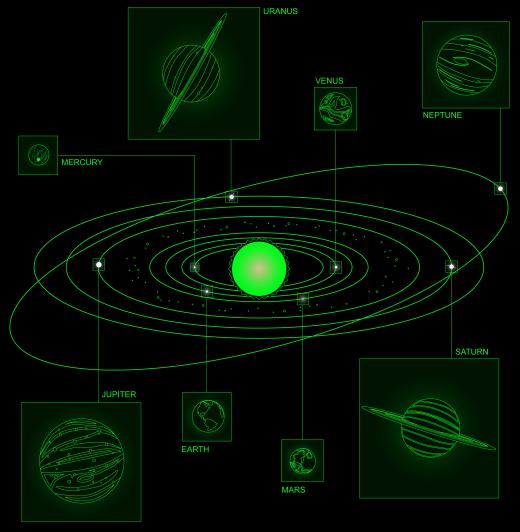What is an Aphelion?
 Mary McMahon
Mary McMahon
An aphelion is a moment in the point of a celestial body's orbit around the Sun when the celestial body is furthest from the Sun. The opposite of an aphelion is a perihelion, when that object is closest to the Sun. Each of the objects which orbits the Sun experiences aphelion and perihelion at different points in time, and the difference between these two points can vary radically, depending on the eccentricity of the object's orbit.
While people often say that objects like Earth are “circling the Sun,” this terminology is technically not quite correct, because the objects in orbit around the Sun actually have elliptical orbits, as described by Kepler in his First Law. The amount of variance from a perfectly circular orbit is known as the “eccentricity” of the orbit. The higher the eccentricity, the more elliptical the orbit. Earth has a fairly low eccentricity, around .0167, by contrast with Mercury, with an eccentricity of .2056.

In the case of Earth, aphelion falls in the Northern Hemisphere's summer, around July. The precise timing of aphelion moves by around 30 minutes every year, following a 21,000 year cycle, which means that eventually, aphelion for Earth will fall in the Southern Hemisphere's summer. Although the Earth is at its furthest point from the Sun during aphelion, the planet happens to be at its warmest in the Northern Hemisphere's summer, because the large land masses in the Northern Hemisphere warm up and distribute their heat across the planet.
At perihelion, the Earth is approximately 91 million miles (147 million kilometers) away from Sun, in contrast with 95 million miles (152 million kilometers) away from the Sun at aphelion. This variation from distance is relatively slight when compared with the orbits of many other objects which orbit the Sun. Pluto, for example, has a very elliptical orbit, with an extreme variation between the close and far points. Pluto's distance from the Sun is measured in astronomical units (AU), with each AU representing the mean distance between the Sun and the Earth: at perihelion, Pluto is 30 times further (30 AU) from the Sun than Earth, and at aphelion, Pluto is 49 times further (49 AU) away.
Astronomers can use an assortment of formulas to calculate the distances of various objects from the Sun at different points in their orbits, and they can also map out the paths that a myriad objects will track as they move around the Sun. Numerous charts depicting the orbits of the planets and their close and far points can be found in atlases and science texts.
AS FEATURED ON:
AS FEATURED ON:











Discussion Comments
@SailorJerry - I couldn't find anything about it! I know that the elliptical orbits are fairly gentle, or else we'd freeze half the year and burn up the other. I'm sure we don't have anything to worry about!
If Earth is actually at its warmest during aphelion, and aphelion is moving, what's going to happen when the Earth is at *perihelion* during the warmest time of year?
If the Earth is closer to the Sun during a time that's already hot, will the planet even be inhabitable? And how often does this change, anyway? Is it going to be a thousand years? A billion?
Post your comments